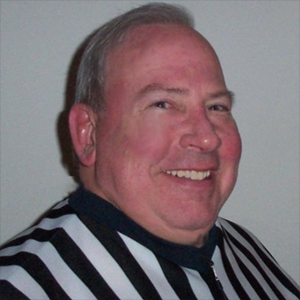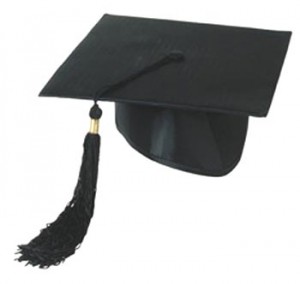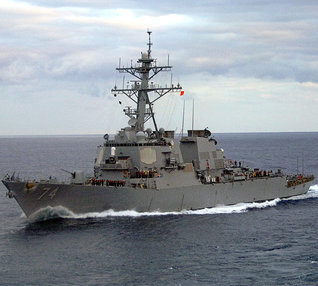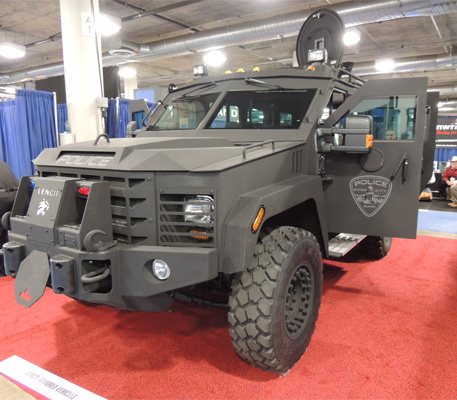
Rndballref
20 Years Experience
Chicago, IL
Male, 60
For twenty years I officiated high school, AAU and park district basketball games, retiring recently. For a few officiating is the focus of their occupation, while for most working as an umpire or basketball referee is an avocation. I started ref'ing to earn beer money during college, but it became a great way to stay connected to the best sports game in the universe. As a spinoff, I wrote a sports-thriller novel loosely based on my referee experiences titled, Advantage Disadvantage
According to NFHS rules, a referee can alter the scoreboard if, and only if he has direct knowledge of the error and correction. So, in this case you start with 7.6 minutes. The throw-in team has 5 seconds to avoid a violation. So theoretically the violation should have been called with 2.6 seconds. You might think that this is the end of it. However, it takes longer to administer a throw in than 2.6 seconds, allowing both teams to set up. So unfortunately I think the game ended. This is why I dislike running clocks in close games.
No. The officials cannot extend time. The only adjustment that officials can make is if they have specific knowledge of a clock discrepancy. For example, if a referee grants a timeout but notices that the clock ran some time after the whistle was blown.
If your hands are on top of the ball pushing it to the floor it is double dribble. If the ball drops and you pick it up it could be a muff, and if you lift one foot the other will be the pivot. Then you can dribble.
There is a long running example of this in previous case books from NFHS: "If the scorer signals the horn when the ball is live, the officials shall ignore the signal if a scoring play is in progress. Otherwise the officials may stop play to determine why the horn was sounded."
In your scenario, count the basket, then blow the whistle (because a scoring play was going on while the horn was originally sounded.
MBA Student
 Is business school a party compared to law or med school?
Is business school a party compared to law or med school?
Navy Officer (Former)
 Why do so many people miss the military after they get out?
Why do so many people miss the military after they get out?
Police Officer
 Can I become a cop if I have misdemeanors on my record?
Can I become a cop if I have misdemeanors on my record?
A free thrower is not obligated to make the free throw. He must hit the ring and not violate other free throw provisions (entering the lane early, etc.). Most players in that situation should throw a flat shot towards the ring, barely ever going above the rim.
Yes, because the line is out of bounds.
The ball is inbounds until the ball touches any out of bounds area, or it touches a player who is out of bounds. If A is still inbounds and the ball is still inbounds, it is not out of bounds until an out of bounds player touches it.
-OR-
 Login with Facebook
Login with Facebook (max 20 characters - letters, numbers, and underscores only. Note that your username is private, and you have the option to choose an alias when asking questions or hosting a Q&A.)
(A valid e-mail address is required. Your e-mail will not be shared with anyone.)
(min 5 characters)
By checking this box, you acknowledge that you have read and agree to Jobstr.com’s Terms and Privacy Policy.
-OR-
 Register with Facebook
Register with Facebook(Don't worry: you'll be able to choose an alias when asking questions or hosting a Q&A.)